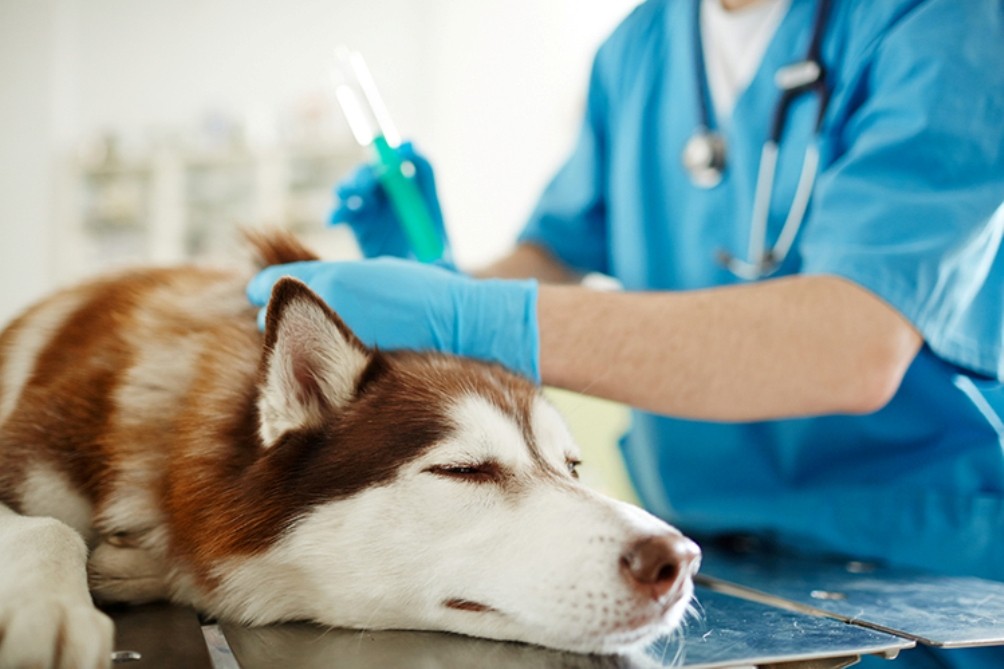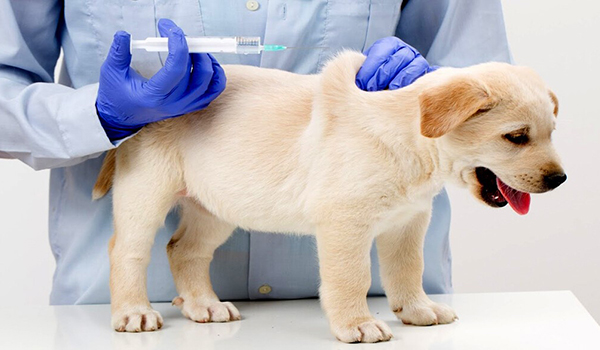Sterilization—spaying for females and neutering for males—is one of the most common veterinary procedures in the United States. It prevents unwanted litters, reduces certain health risks, and can improve behavior. But when is the right time to do it, and is it always necessary? Here’s what every dog owner should know.

What Is Sterilization?
- Spaying: Surgical removal of a female dog’s ovaries (and usually uterus).
- Neutering: Surgical removal of a male dog’s testicles.
Both procedures make the dog unable to reproduce and are performed under general anesthesia by a veterinarian.
Benefits of Sterilizing Your Dog
- Population control: Reduces unwanted puppies and overcrowded shelters.
- Health benefits:
- Females spayed before their first heat have a much lower risk of mammary (breast) cancer.
- Eliminates the risk of pyometra, a life-threatening uterine infection.
- Males have no risk of testicular cancer after neutering.
- Lower risk of prostate disease in males.
- Behavioral benefits:
- Reduced roaming in males.
- Less mounting and urine marking.
- Females won’t go into heat, which can attract male dogs and cause behavioral changes.
When Should You Spay or Neuter?
The ideal timing depends on your dog’s age, breed, and size:
- Traditional recommendation:
- Females: 6–9 months, before the first heat.
- Males: 6–9 months.
- Large and giant breeds:
Recent studies suggest waiting until skeletal maturity (12–18 months) to reduce orthopedic issues, especially in breeds over 50–60 lbs at adult weight. - Shelter/rescue dogs:
Often sterilized as early as 8 weeks old, particularly in high-volume adoption settings.
Your veterinarian can help you decide the safest and most beneficial age for your individual dog.
Are There Any Downsides?
While sterilization has many benefits, it’s not risk-free:
- Surgical risks (though low with modern anesthesia).
- Slightly higher risk of some joint problems or certain cancers if done very early in large breeds.
- Potential for weight gain if diet and exercise aren’t adjusted.
Discuss these pros and cons with your vet to make an informed decision.
Cost of Sterilization in the U.S.
Prices vary widely:
- Spay (female): about $200–$500 at private veterinary clinics.
- Neuter (male): about $100–$300 at private clinics.
- Low-cost clinics or shelters: often offer spay/neuter for $50–$150 with financial assistance programs.
Bottom Line
Sterilization is an important part of responsible dog ownership, helping control the pet population and preventing serious health issues. Most dogs in the U.S. benefit from spaying or neutering, but the best timing depends on the dog’s size, breed, and health. Always consult your veterinarian for personalized guidance.




